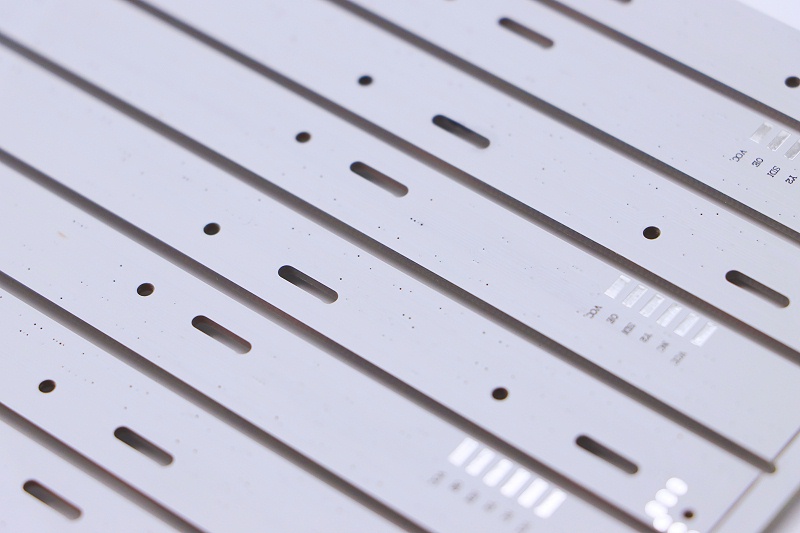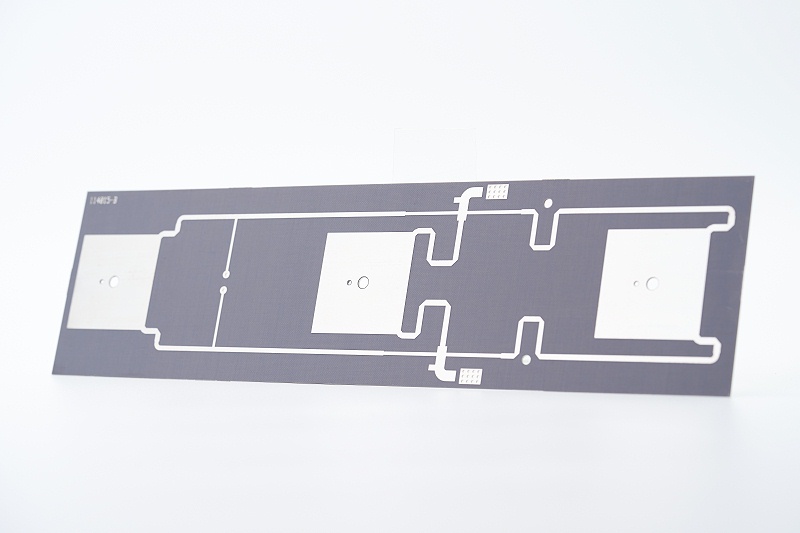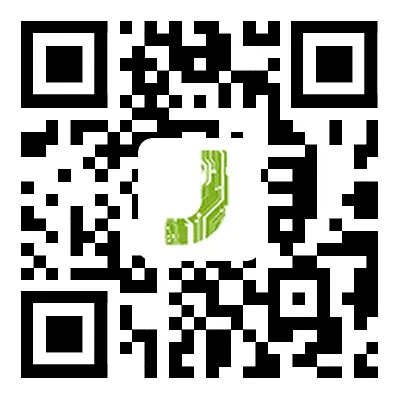 English
English-
 English
English -
 Español
Español -
 Português
Português -
 русский
русский -
 Français
Français -
 日本語
日本語 -
 Deutsch
Deutsch -
 tiếng Việt
tiếng Việt -
 Italiano
Italiano -
 Nederlands
Nederlands -
 ภาษาไทย
ภาษาไทย -
 Polski
Polski -
 한국어
한국어 -
 Svenska
Svenska -
 magyar
magyar -
 Malay
Malay -
 বাংলা ভাষার
বাংলা ভাষার -
 Dansk
Dansk -
 Suomi
Suomi -
 हिन्दी
हिन्दी -
 Pilipino
Pilipino -
 Türkçe
Türkçe -
 Gaeilge
Gaeilge -
 العربية
العربية -
 Indonesia
Indonesia -
 Norsk
Norsk -
 تمل
تمل -
 český
český -
 ελληνικά
ελληνικά -
 український
український -
 Javanese
Javanese -
 فارسی
فارسی -
 தமிழ்
தமிழ் -
 తెలుగు
తెలుగు -
 नेपाली
नेपाली -
 Burmese
Burmese -
 български
български -
 ລາວ
ລາວ -
 Latine
Latine -
 Қазақша
Қазақша -
 Euskal
Euskal -
 Azərbaycan
Azərbaycan -
 Slovenský jazyk
Slovenský jazyk -
 Македонски
Македонски -
 Lietuvos
Lietuvos -
 Eesti Keel
Eesti Keel -
 Română
Română -
 Slovenski
Slovenski
Knowledge popularization, PCB application in which areas
2023-10-08
PCB circuit board as the skeleton of technology, many people will question where his place is? Almost all electronic devices have PCBs. they come in green-red, blue or black. Computer motherboards are perfect examples of PCBs. They are found in everyday appliances such as printers, digital clocks, TVs, microwaves, and even simple items such as light switches.
Without a range of reliable PCBs, our society would be running on PCBs and homes and businesses would not be able to run smoothly right now. In fact, commercial buildings typically house more PCBs than the number of employees in them. So, let jiubao take you on a journey to find out what exactly a PCB is and provide more insights.
I have already told you what PCB circuit boards are before, so I will briefly explain that printed circuit boards are conveniently thin boards used to accommodate interconnected electrical components in a simple, convenient and economical manner. They are used as physical supports for mounting and connecting different electrical components.
There are naturally different types of PCBs for different areas of application as a backplane, so now let's see what different products are available in PCBs.

Consumer Electronics- This includes all the electronics we use in our lives. From audio and video systems, TVs, video and DVD players, digital cameras, computers and laptops, cell phones and GPS to home and kitchen appliances. Such devices often use standard PCBs that are fairly standard and similar to each other.
Medical Devices - High density PCBs can be used for medical devices. They support the testing of new and advanced medical technologies using more dense designs. This also reduces the complexity of manufacturing small, lightweight medical devices. PCBs are suitable for medical devices of all sizes, from small pacemakers to large X-ray and CAT machines.
Industrial machinery PCBs are usually used in high power industrial machinery. Thick copper PCBs are often found in industrial machinery to better fulfill critical requirements. For example, thick copper PCBs can be found in industrial machinery such as motor controllers, industrial load testers and high current battery charging.
LED Applications LED lights are another common PCB device, which is a more modern form of technology but still largely based on PCBs, which are known for their increased power consumption. LED lights have PCBs that act as heat sinks, allowing for higher levels of heat transfer than normal PCBs. Even some other basic lighting solutions use these aluminum backplanes for high levels of heat transfer.
Automotive and Aerospace Related Equipment - pcb's designed to withstand high vibration environments are used in equipment related to the automotive and aerospace industries. Flexible PCBs support the vibration characteristics of these industries. They can be very flexible and can fit into very tight spaces designed within the equipment. The PCBs in these devices can also be very lightweight and durable, which is critical for the manufacture of transportation components as well as industries with high impact, low weight requirements.
I hope this helps you understand more about where to find PCBs. basically they are everywhere in our daily lives. So let's take a look at what it actually does.

Resistance - Controlling current is important for most appliances to avoid burnout. To do this, the PCB's resistance can resist the flow of current based on its value.
Distribution- As mentioned above, the PCB can be easily assembled. For this purpose, the pads of the PCB are empty. When needed, these pads allocate space for easy soldering of any other electronic components.
Assembly - For ease of assembly, PCBs also have some letters called "screen print". These help to identify the exact location of the part and its position through the letters.
Storage - For storing power PCBs can hold capacitors. These help to keep them charged and release them when power is needed.
Signals through lights- PCBs have small diode like bulbs that they light up to show current passing through them
Switches for control- PCB's have house switches to control excess current between different components. These also help regulate the heat affecting the circuit board layers.
In addition to these well-designed operations, PCBs can better adapt and fit into any device. Let's see how!

PCB circuit board
The overall popularity of PCBs is due to the fact that they are suitable for almost any product. Here are a few types of PCBs that will show you how to mold PCBs to better fit whatever device they are designed for.
Rigid PCBs
These PCBs are those manufactured out of PCB fabrication and are made of sturdy materials that can be bent or twisted. They are very complex and sturdy and have solid circuitry around them. They are easy to handle during repairs and maintenance as they are sturdy and can withstand strong handling. In addition, the components marked on this board are usually clearer and the signal paths are well organized.
Flexible PCBs
This type of PCB is not the target of our products, briefly, as the word says, these PCBs are very flexible and use the same method of manufacturing flexible materials. Flexible PCBs can be single sided, double sided and multilayered. This design helps in easy assembly of parts in small or fragile devices. Flexibility also helps in saving a lot of space as well as light weighting in equipment. These PCBs are best suited for temperature sensitive working conditions or industries and related equipment.
Rigid-Flex-PCBs
These boards are a combination of rigid and flexible PCBs. These types of PCBs use multilayer flexible circuits connected to two or more rigid boards. They are lightweight, compact, space-saving and best suited for medical and military applications.
High Frequency PCBs
These PCBs are used for devices in the 500MHz frequency range - 2GHz. Frequency sensitive applications such as microwave and communication systems primarily use high frequency PCBs.
Aluminum Backed PCBs
These PCBs have aluminum supports for thermal regulation as well as high rigidity and low thermal expansion. They are often used in high power consuming appliances such as LEDs and power supplies.

This method of easily interconnecting electrical components on thin, rugged but optimized circuit boards has made many appliances smaller, more powerful, more convenient and less expensive. Its perfect combination of materials and design makes it ideal for almost any consumer or industrial device.
Effective and efficient PCB operation is supported by some amazing built-in components such as resistors. Batteries, capacitors lights and switches to name a few, control a variety of complex systems.
In addition to this, different types of PCBs can be molded to better suit any requirement. Equipment. Different types of PCBs such as rigid, flexible, rigid-flex, HF and aluminum backed have their own characteristics in terms of shaping themselves to fit different equipment.
As a quality manufacturer, we are best suited to help anyone manufacture PCB products and optimize their PCB needs. Why not give us a call and work with our support team so we can help you manufacture the best PCB for your needs.



